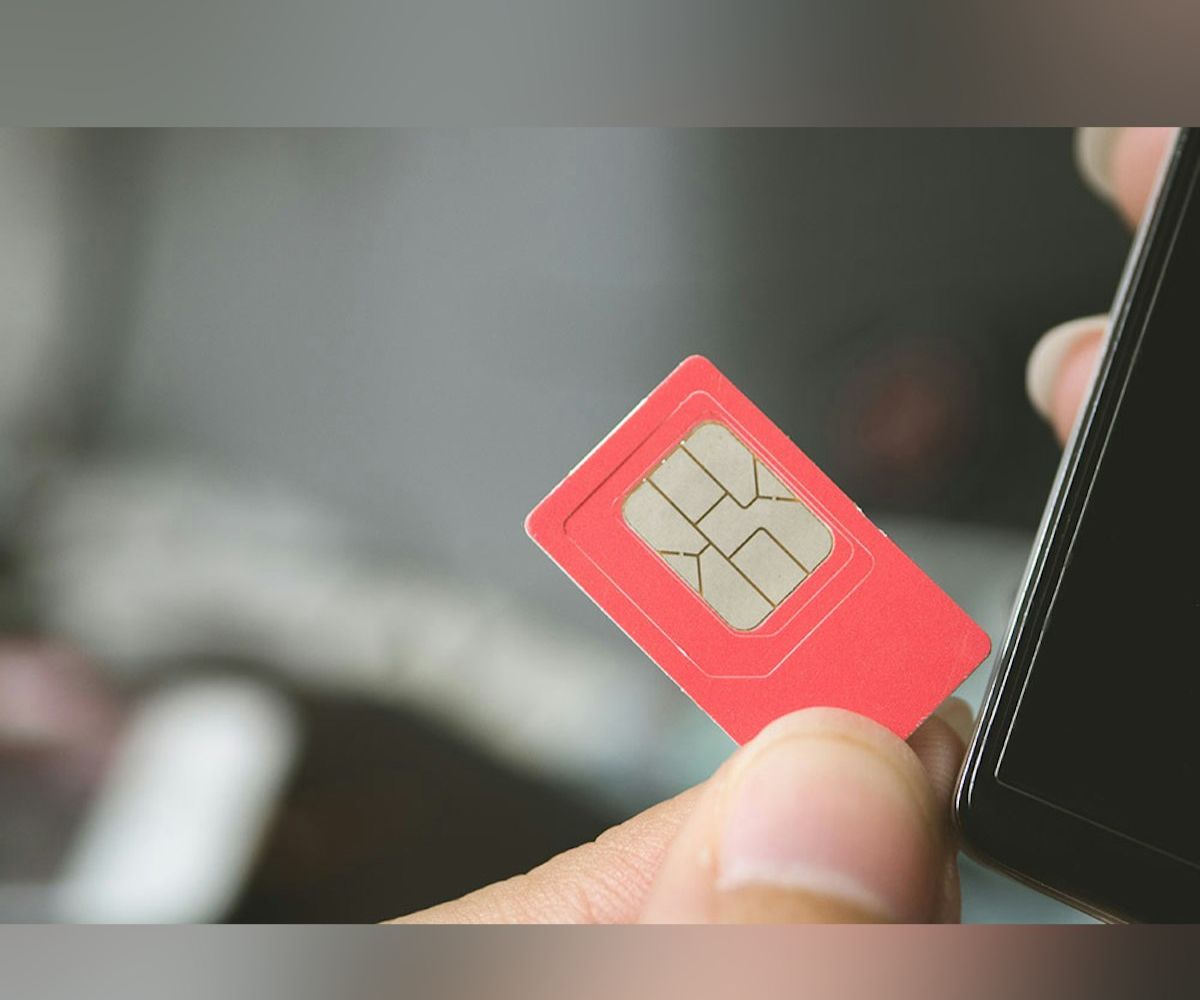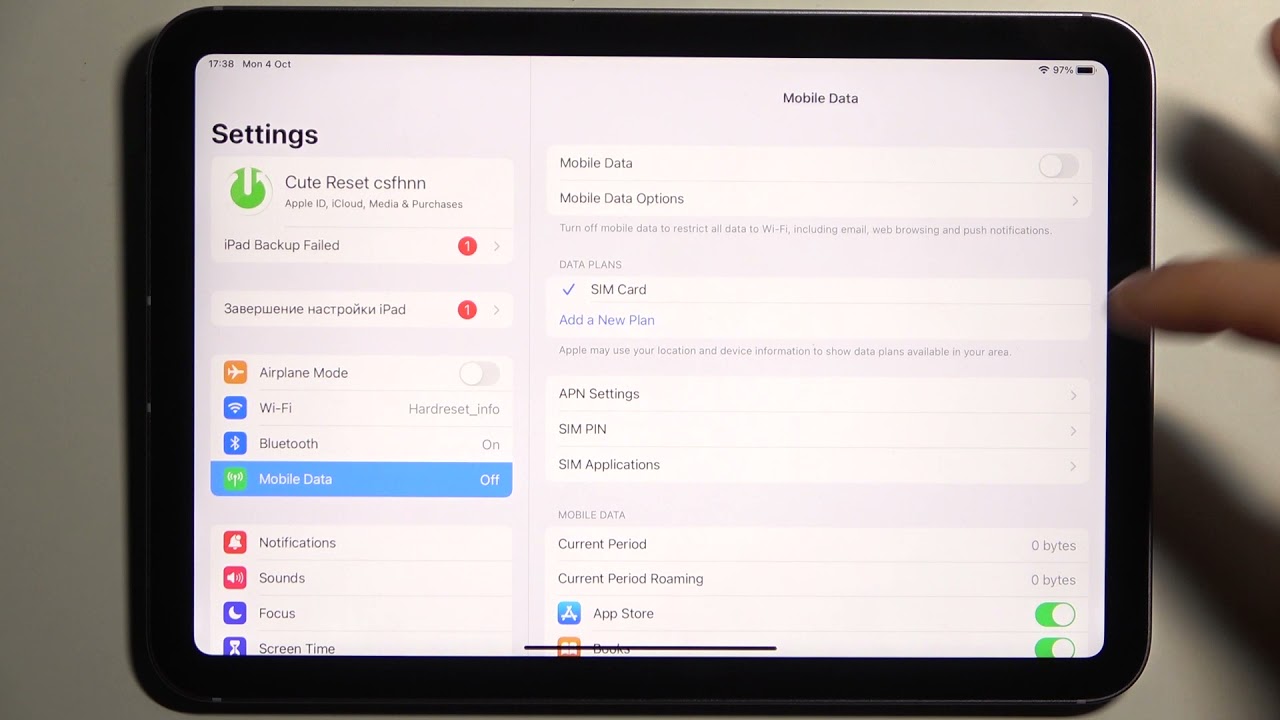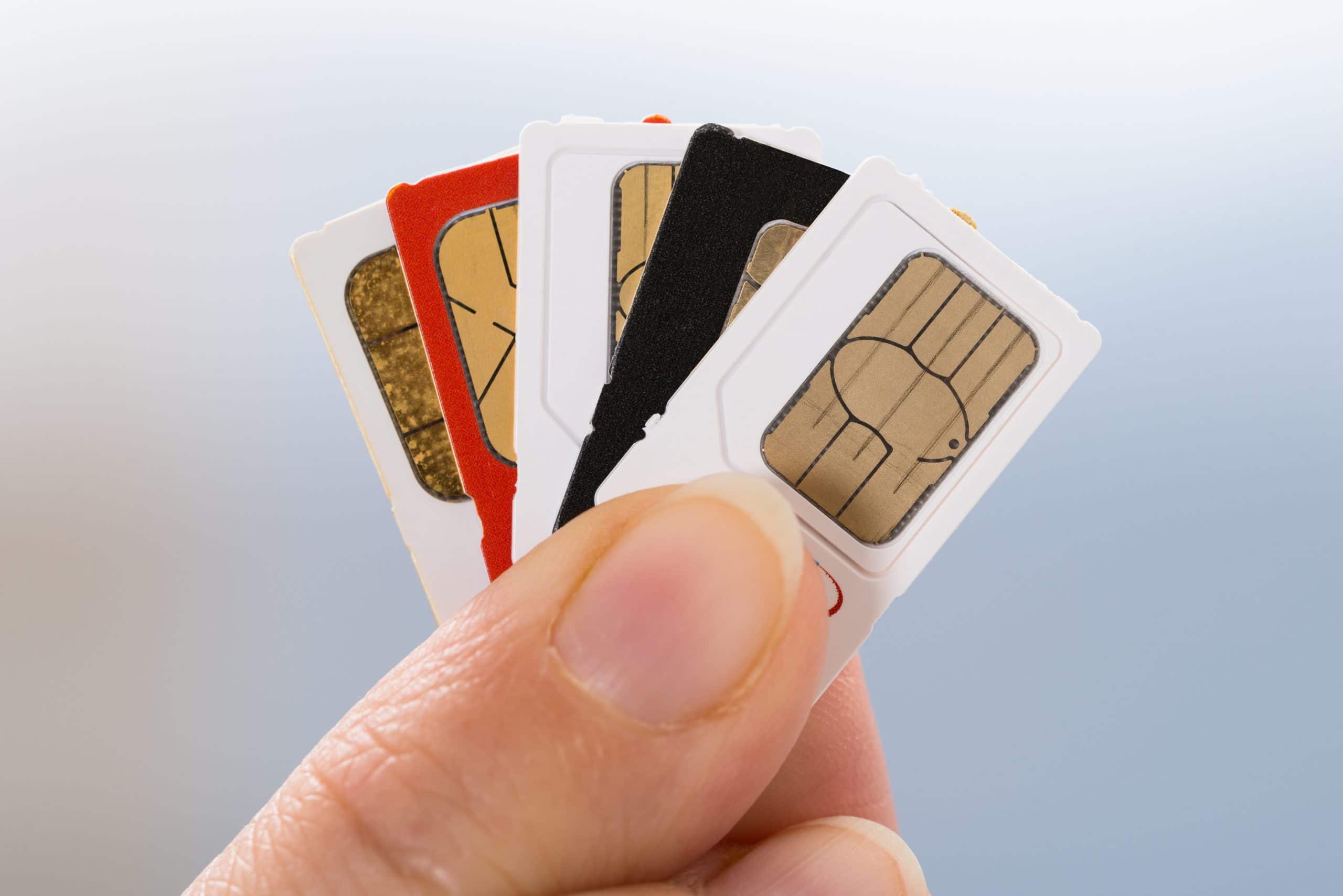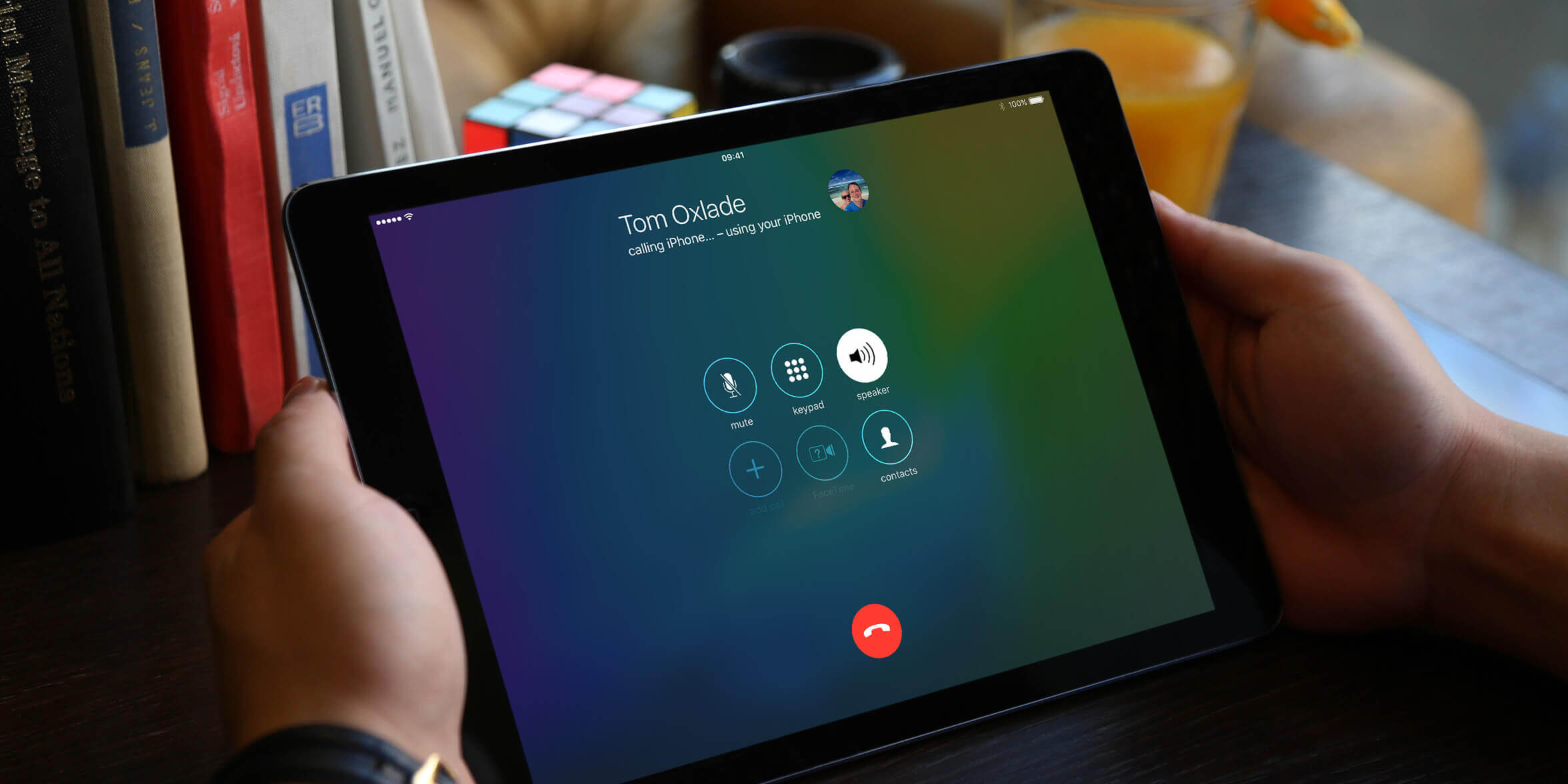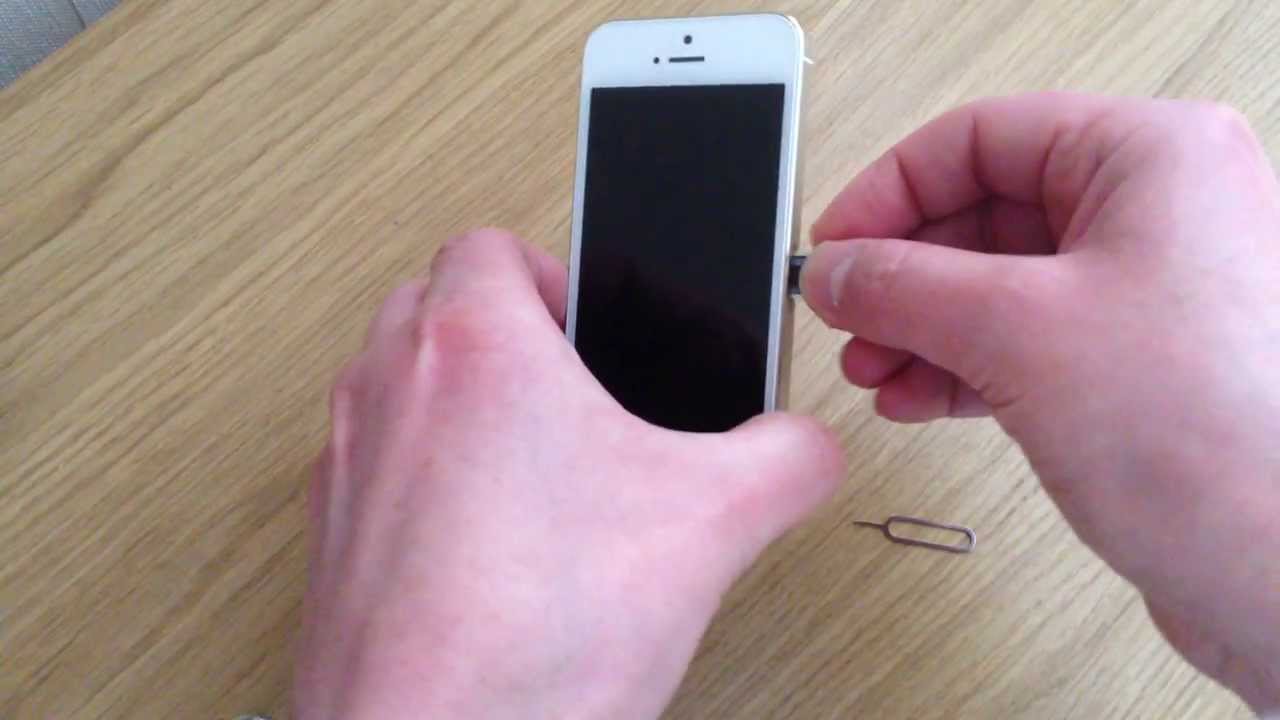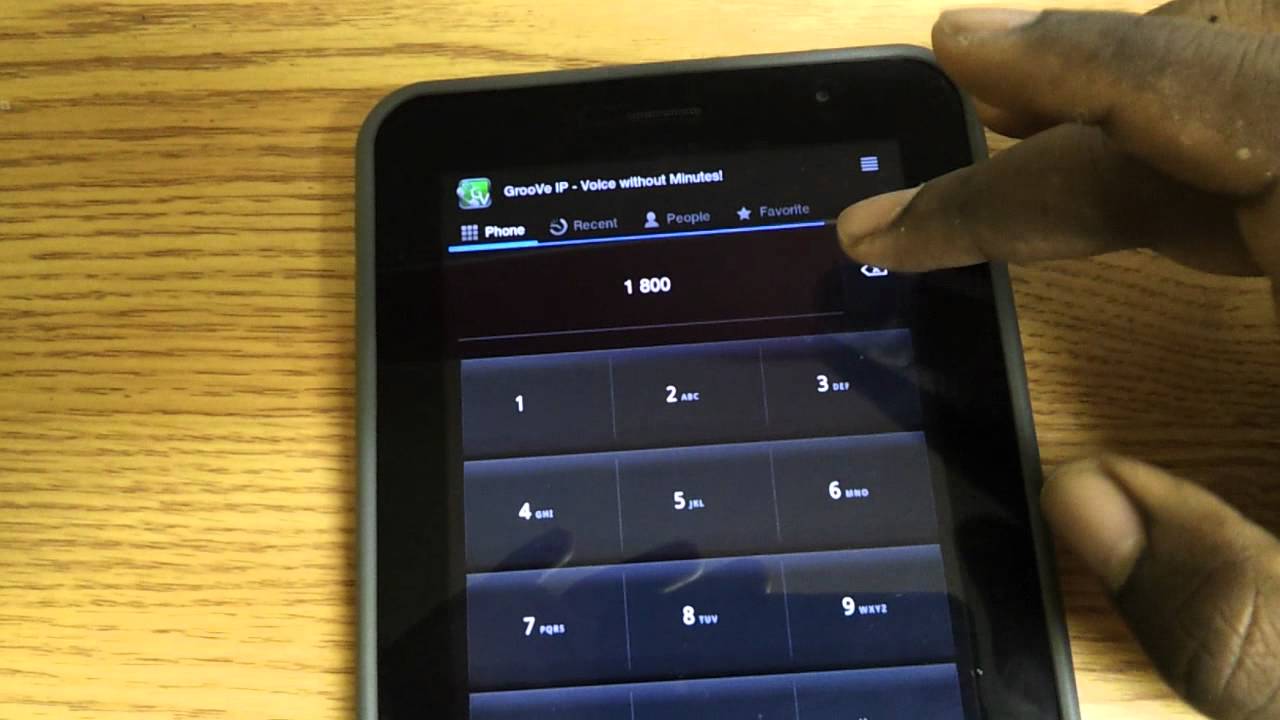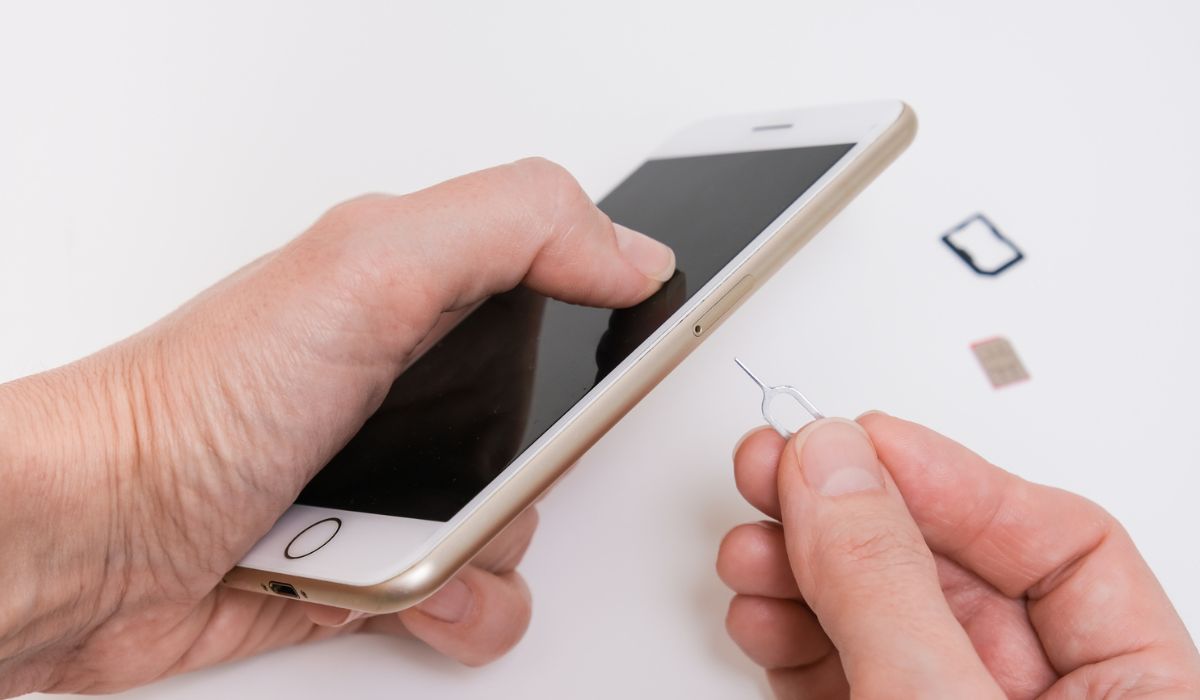Introduction
In today's digital age, mobile phones have become indispensable tools for communication, entertainment, and accessing information. The ability to connect to the internet on the go is a fundamental aspect of the modern mobile experience. While traditional mobile connectivity relies on SIM cards provided by network carriers, there are alternative methods to access the internet without a SIM card. These methods not only offer flexibility but also cater to various scenarios where a SIM card may not be readily available or convenient.
In this article, we will explore several ingenious ways to connect to the internet without a SIM card, providing valuable insights for individuals seeking alternative connectivity options for their mobile devices. Whether you're traveling abroad, using a secondary device, or simply looking for cost-effective connectivity solutions, the following methods offer practical and efficient ways to stay connected in today's digital world.
Let's delve into the world of mobile connectivity beyond traditional SIM cards, uncovering innovative techniques that empower users to harness the full potential of their mobile devices. Whether it's utilizing Wi-Fi networks, leveraging Bluetooth tethering, setting up a portable hotspot, or utilizing virtual SIM apps, the possibilities for staying connected without a physical SIM card are diverse and exciting. Join us as we embark on this journey to discover the myriad ways of connecting to the internet in the absence of a traditional SIM card.
Using Wi-Fi to Connect to the Internet
When it comes to connecting to the internet without a SIM card, Wi-Fi stands out as a ubiquitous and versatile option. Wi-Fi connectivity enables mobile devices to access the internet by connecting to wireless networks, including public hotspots, home networks, and commercial establishments offering Wi-Fi access. This method provides a convenient and cost-effective way to stay connected, especially in environments where Wi-Fi networks are prevalent.
One of the primary advantages of using Wi-Fi for internet connectivity is the widespread availability of Wi-Fi networks in various locations. Public spaces such as cafes, airports, libraries, and shopping centers often provide complimentary or paid Wi-Fi access, allowing users to connect their mobile devices to the internet without the need for a SIM card. Additionally, many homes and businesses have Wi-Fi networks, enabling seamless connectivity for individuals within the vicinity.
Moreover, Wi-Fi connectivity offers high-speed internet access, making it ideal for activities such as browsing the web, streaming videos, and engaging in online communication. With the continuous advancements in Wi-Fi technology, modern mobile devices can leverage high-speed Wi-Fi networks to deliver an immersive internet experience, rivaling the performance of traditional cellular networks.
Furthermore, the flexibility of Wi-Fi connectivity allows users to switch between different networks based on their location and preferences. This versatility empowers individuals to stay connected in diverse settings, whether they are at home, traveling, or exploring urban environments. By seamlessly connecting to available Wi-Fi networks, users can enjoy uninterrupted internet access without relying on a physical SIM card.
In addition to public and private Wi-Fi networks, advancements in technology have led to the emergence of Wi-Fi hotspots and Wi-Fi sharing initiatives. These initiatives enable individuals and businesses to create localized Wi-Fi networks, expanding the reach of internet connectivity in specific areas. By leveraging Wi-Fi hotspots and shared networks, users can access the internet without the constraints of traditional SIM-based connectivity.
Overall, using Wi-Fi to connect to the internet without a SIM card offers unparalleled convenience, accessibility, and speed. With the prevalence of Wi-Fi networks and the continuous evolution of wireless technology, this method remains a cornerstone of modern mobile connectivity, providing users with a reliable and efficient means to stay connected in an increasingly digital world.
Using Bluetooth Tethering
Bluetooth tethering presents another compelling method to connect to the internet without a SIM card, leveraging the wireless capabilities of mobile devices to establish internet connectivity. This innovative approach allows users to share their mobile device's internet connection with other devices, such as laptops, tablets, or secondary smartphones, using Bluetooth technology.
One of the key advantages of Bluetooth tethering is its seamless integration with a wide range of devices, making it a versatile solution for internet connectivity. By pairing a mobile device with another device via Bluetooth, users can share their mobile internet connection, enabling the connected device to access the internet without the need for a physical SIM card. This capability is particularly useful in scenarios where traditional Wi-Fi networks may be unavailable or impractical, providing a reliable alternative for staying connected on the go.
Furthermore, Bluetooth tethering offers enhanced security and privacy, as the connection between devices is established through a secure Bluetooth pairing process. This secure communication protocol ensures that sensitive data transmitted between the devices remains protected, enhancing the overall safety of internet connectivity without relying on traditional SIM-based networks.
In addition to its security benefits, Bluetooth tethering is known for its energy efficiency, making it an efficient and power-saving method for sharing internet connectivity. By utilizing Bluetooth technology, mobile devices can conserve battery power while enabling seamless internet sharing with connected devices, ensuring prolonged usage without compromising on connectivity and convenience.
Moreover, Bluetooth tethering is well-suited for situations where users require a reliable and localized internet connection. Whether it's in environments with limited Wi-Fi availability or during travel where mobile data may be restricted, Bluetooth tethering offers a practical solution for establishing internet connectivity without the constraints of traditional SIM cards.
Overall, Bluetooth tethering serves as a valuable alternative for connecting to the internet without a SIM card, offering seamless integration, enhanced security, energy efficiency, and localized connectivity. As technology continues to evolve, Bluetooth tethering remains a compelling option for individuals seeking flexible and reliable internet access on their mobile devices, further expanding the horizons of mobile connectivity beyond traditional SIM-based networks.
Using Portable Hotspot
The utilization of a portable hotspot represents a dynamic and versatile approach to accessing the internet without the reliance on a traditional SIM card. A portable hotspot, also known as a mobile hotspot or a Wi-Fi hotspot, enables users to create a localized wireless network, allowing multiple devices to connect and access the internet using the mobile device's cellular data connection.
One of the primary advantages of using a portable hotspot is its ability to provide internet connectivity to multiple devices simultaneously, making it an ideal solution for individuals who require internet access for their laptops, tablets, or other mobile devices. By activating the portable hotspot feature on a compatible mobile device, users can create a secure Wi-Fi network, enabling seamless internet connectivity for various devices within the vicinity.
Furthermore, the portability and convenience of a mobile hotspot make it an invaluable tool for individuals who are constantly on the move or find themselves in environments where traditional Wi-Fi networks may be unavailable or unreliable. Whether it's during travel, outdoor activities, or in remote locations, the portable hotspot feature empowers users to establish a reliable internet connection, enhancing productivity and connectivity in diverse settings.
Moreover, portable hotspots offer a high degree of flexibility, allowing users to customize network settings, control access permissions, and manage data usage based on their specific requirements. This level of customization enables individuals to tailor their internet connectivity experience, ensuring optimal performance and security while utilizing the mobile hotspot feature on their devices.
In addition to its versatility, portable hotspots are known for their compatibility with a wide range of devices, including smartphones, laptops, tablets, and gaming consoles. This compatibility ensures that users can seamlessly connect their devices to the portable hotspot, regardless of the device's operating system or connectivity capabilities, further enhancing the accessibility and convenience of internet connectivity without a physical SIM card.
Overall, the utilization of a portable hotspot represents a cutting-edge approach to accessing the internet without the constraints of traditional SIM-based networks. With its ability to create a localized Wi-Fi network, support multiple devices, and deliver seamless connectivity in various environments, the portable hotspot feature stands as a testament to the evolving landscape of mobile connectivity, offering users an innovative and efficient method to stay connected in today's digital era.
Using Virtual SIM Apps
Virtual SIM apps have revolutionized the way individuals connect to the internet, offering a groundbreaking alternative to traditional SIM cards. These innovative apps leverage digital technologies to provide users with virtual SIM cards, enabling seamless internet connectivity without the need for physical SIM cards or traditional cellular networks.
One of the key advantages of virtual SIM apps is their ability to transcend geographical limitations, allowing users to access internet connectivity from virtually anywhere in the world. By utilizing virtual SIM cards, individuals can overcome the constraints of traditional roaming charges and regional limitations, empowering them to stay connected across borders and diverse international settings.
Moreover, virtual SIM apps offer unparalleled flexibility, enabling users to manage multiple virtual SIM cards within a single mobile device. This versatility allows individuals to customize their internet connectivity experience, switch between virtual SIM profiles, and optimize data plans based on their specific needs, providing a level of control and customization that is unparalleled in traditional SIM-based networks.
Furthermore, virtual SIM apps are known for their cost-effectiveness and convenience, as they eliminate the need for physical SIM cards and the associated administrative processes. By leveraging virtual SIM technology, users can streamline the process of acquiring and managing SIM cards, reducing the logistical complexities and costs associated with traditional SIM-based connectivity.
In addition to their practical advantages, virtual SIM apps prioritize security and privacy, incorporating advanced encryption and authentication protocols to safeguard user data and communications. This heightened level of security ensures that sensitive information transmitted over virtual SIM networks remains protected, instilling confidence in users regarding the privacy and integrity of their internet connectivity.
Overall, the emergence of virtual SIM apps represents a paradigm shift in mobile connectivity, offering individuals a transformative and forward-thinking approach to accessing the internet without traditional SIM cards. With their global reach, flexibility, cost-effectiveness, and emphasis on security, virtual SIM apps have redefined the boundaries of mobile connectivity, empowering users to stay connected, productive, and engaged in the digital landscape without the constraints of physical SIM cards.
Conclusion
In conclusion, the landscape of mobile connectivity has witnessed a remarkable evolution, transcending the confines of traditional SIM-based networks to offer innovative and diverse methods for accessing the internet without a physical SIM card. From leveraging Wi-Fi networks and Bluetooth tethering to utilizing portable hotspots and virtual SIM apps, the possibilities for staying connected in today's digital world are as diverse as they are compelling.
The advent of Wi-Fi connectivity has revolutionized the way individuals access the internet, offering widespread availability, high-speed access, and seamless integration across various settings. Whether it's in public spaces, homes, or commercial establishments, Wi-Fi networks provide a versatile and cost-effective means of staying connected without the reliance on traditional SIM cards.
Bluetooth tethering has emerged as a secure, energy-efficient, and versatile alternative for sharing internet connectivity between mobile devices, offering enhanced privacy and localized connectivity in scenarios where traditional Wi-Fi networks may be limited or unavailable.
The utilization of portable hotspots has redefined the concept of mobile internet access, empowering users to create localized Wi-Fi networks, support multiple devices, and customize their connectivity experience based on their unique requirements. This approach offers unparalleled flexibility, portability, and compatibility, making it an invaluable asset for individuals on the move or in environments where traditional Wi-Fi networks may be impractical.
Furthermore, the introduction of virtual SIM apps has reshaped the global connectivity landscape, offering individuals the freedom to access internet connectivity across borders, manage multiple virtual SIM profiles, and prioritize security and privacy without the logistical complexities of traditional SIM-based networks.
These innovative methods for connecting to the internet without a SIM card underscore the dynamic and forward-thinking nature of mobile connectivity, catering to diverse needs, preferences, and scenarios. As technology continues to advance, these methods will undoubtedly play a pivotal role in shaping the future of mobile connectivity, offering users unprecedented flexibility, accessibility, and control over their internet access.
In essence, the journey to connect to the internet without a SIM card is a testament to the ingenuity and adaptability of modern mobile devices, empowering users to transcend traditional limitations and embrace a world of boundless connectivity possibilities. Whether it's through the seamless integration of Wi-Fi networks, the secure and energy-efficient nature of Bluetooth tethering, the versatility of portable hotspots, or the global reach of virtual SIM apps, the future of mobile connectivity is defined by innovation, empowerment, and limitless possibilities.







